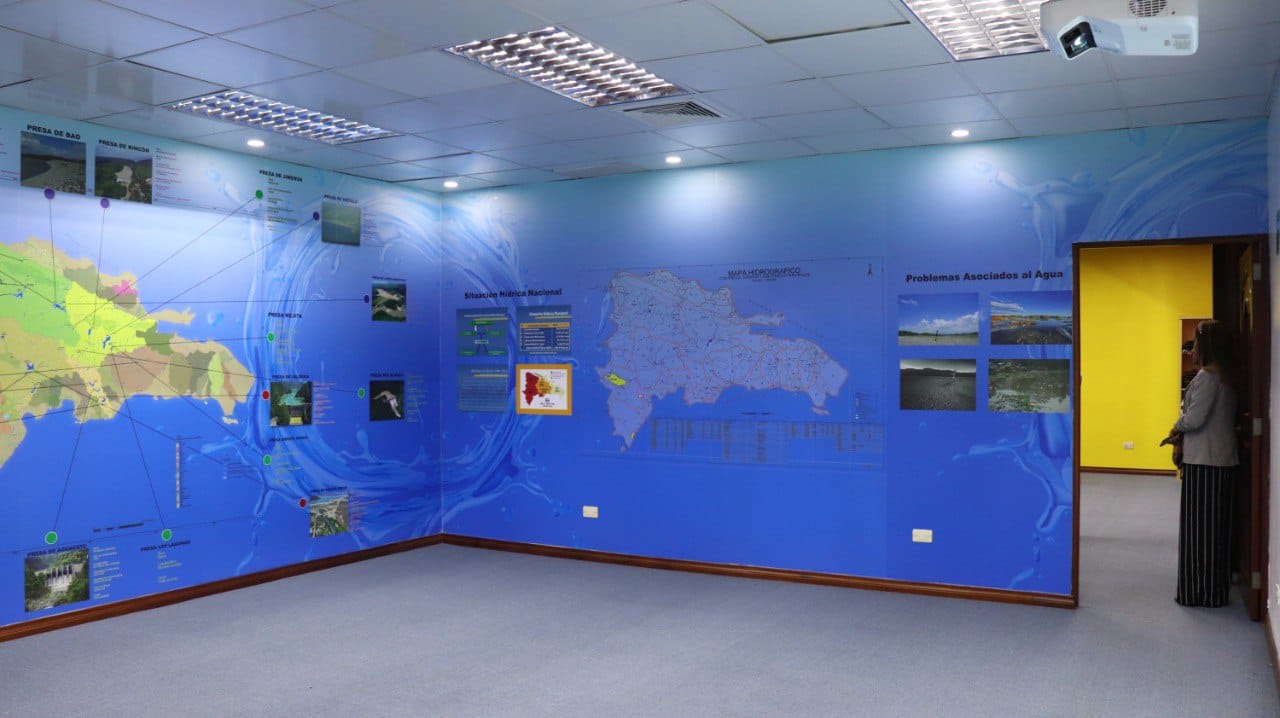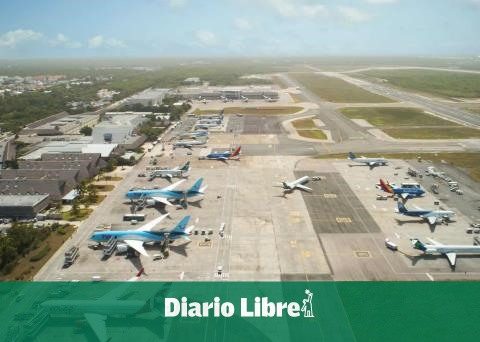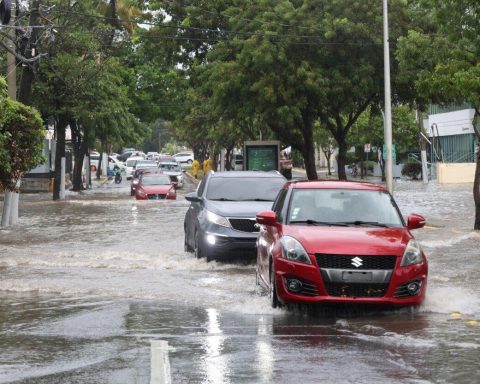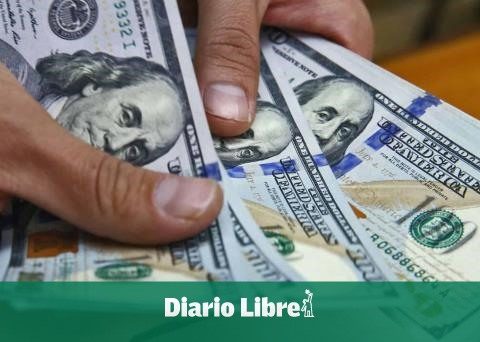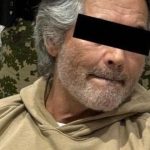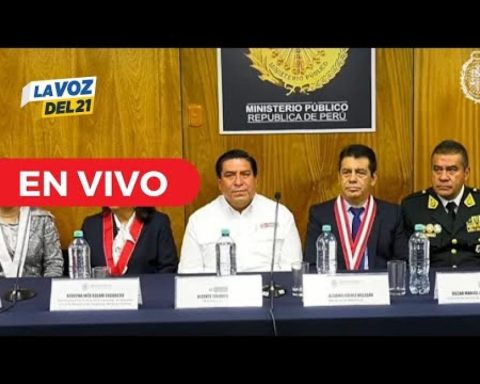The Water it is the most abundant substance on the planet and of which there is not enough for the almost eight billion inhabitants that make it up.
Its composition, characteristics and cycles are some of the data that can be learned in the Water Room of the National Institute of Hydraulic Resources (INDRHI).
A didactic tour of this vital liquid allows, through seven modules and in a period of approximately two and a half hours, to learn general concepts of how water reaches homes, how much water the human body has, the function of the tree within the water process and other information.
Guided by Jorge Mañán Rodríguez, an engineer by profession and who has been linked to the Sala del Agua for 18 years, they talk comfortably, exchange ideas and interact with different elements that enrich the tour.
Without a script, without fancy words and without time pressure, Jorge adapts the information from seven modules (including two interactive ones), and introduces the room to the group that arrives, who may be children eager to receive information, or professionals with the desire to exchange ideas.
Entering the first room allows refreshing those general concepts that are seen in primary education. The water cycle and its density are concepts shown with didactic materials, to which is added a fish tank that reminds us that not only humans need water to live.
Then, in a second room, the hydrographic situation of the Dominican Republic is widely appreciated and with a didactic screen.
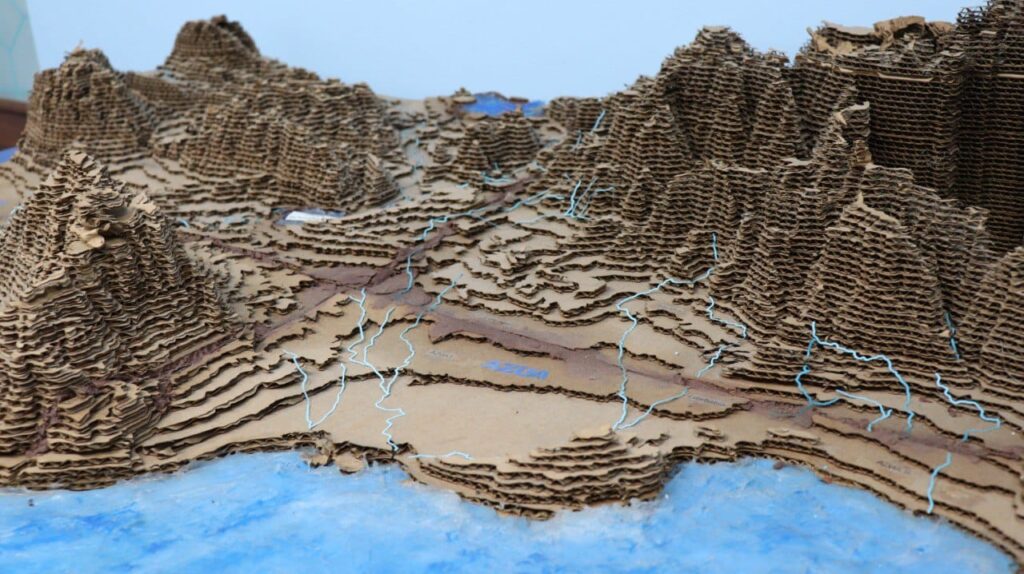
As the tour progresses, it collides with the reality that, not only in the Dominican Republic, but throughout the world, water does not reach every corner; however, the country is not in water deficit according to international parameters, which establish that countries that have a thousand cubic meters of water per inhabitant each year are in this situation.
Being the Dominican Republic a generator of more than three thousand cubic meters per inhabitant each year.
Reaching the last two modules is an enriching experience, especially for Jorge himself, who tells with emotion how gratifying it is to see the participants express in the evaluation module, what they learned on the tour with different activities.
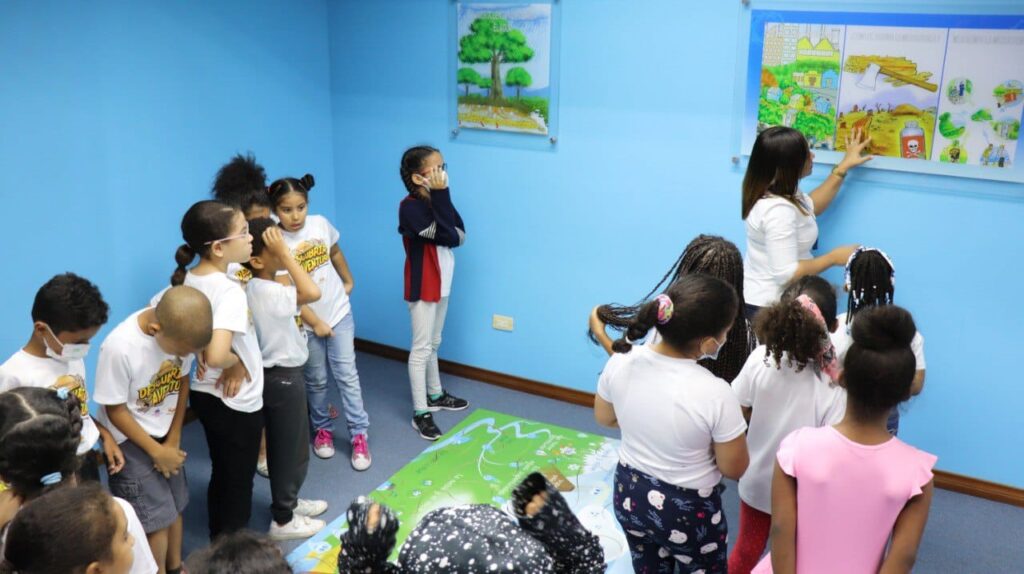
In the case of adults, a personal exposition of the experience, and in the case of the little ones, the making of poems, acrostics and dramas.
Entering the last module is perhaps the most emotional, since it is reached with the awareness of the value that water has for human beings and the planet, and above all with eyes open to a malicious reality: there is not enough water to everybody.
Jorge explained it with emotion: the amount of water is the same, the production is constant, but there are more and more people.
There, in the room called “commitment” and in front of the image of the three Fathers of the Nation, all that remains is to responsibly assume group and individual actions that help preserve water.
They include the making of posters in common places inviting people to save water, reforestation on the banks of rivers, forming water committees in educational centers, or some simpler ones such as turning off the taps when they are not being used.
It is in this place, where seeing little students raise their right hands and commit to taking care of the water, makes one think that a better generation can be raised.
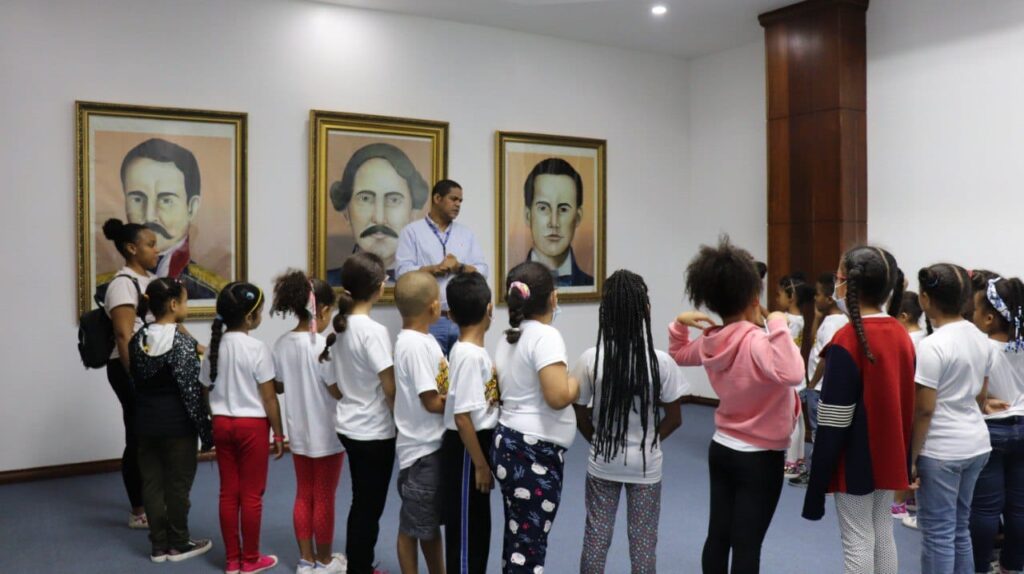
about the room
The Water Room is part of the Indrhi department called Water Culture, in which it has been developing educational and awareness programs for decades.
Created in 2005 and reopened in March 2021 by the current director of Indrhi Olmedo Caba Roman.
From its creation until August 25 of this year, it has received a total of 2,627 groups, totaling 79,631 visitors.
It was recognized by UNESCO in 2006, and the Dominican Republic is the only country in South and Central America that has one.
General information
Where is it located?
The water room is located in building I of the Indrhi, in front of the Ministry of Labor, in the Heroes Center.
for visits
The visits are coordinated in groups that can be students, relatives or of another nature. The groups can be of about 25 people, if they exceed in quantity they can be divided for more comfort. It is totally free and to access you make an appointment.
All the information to coordinate visits can be found on its web portal.
